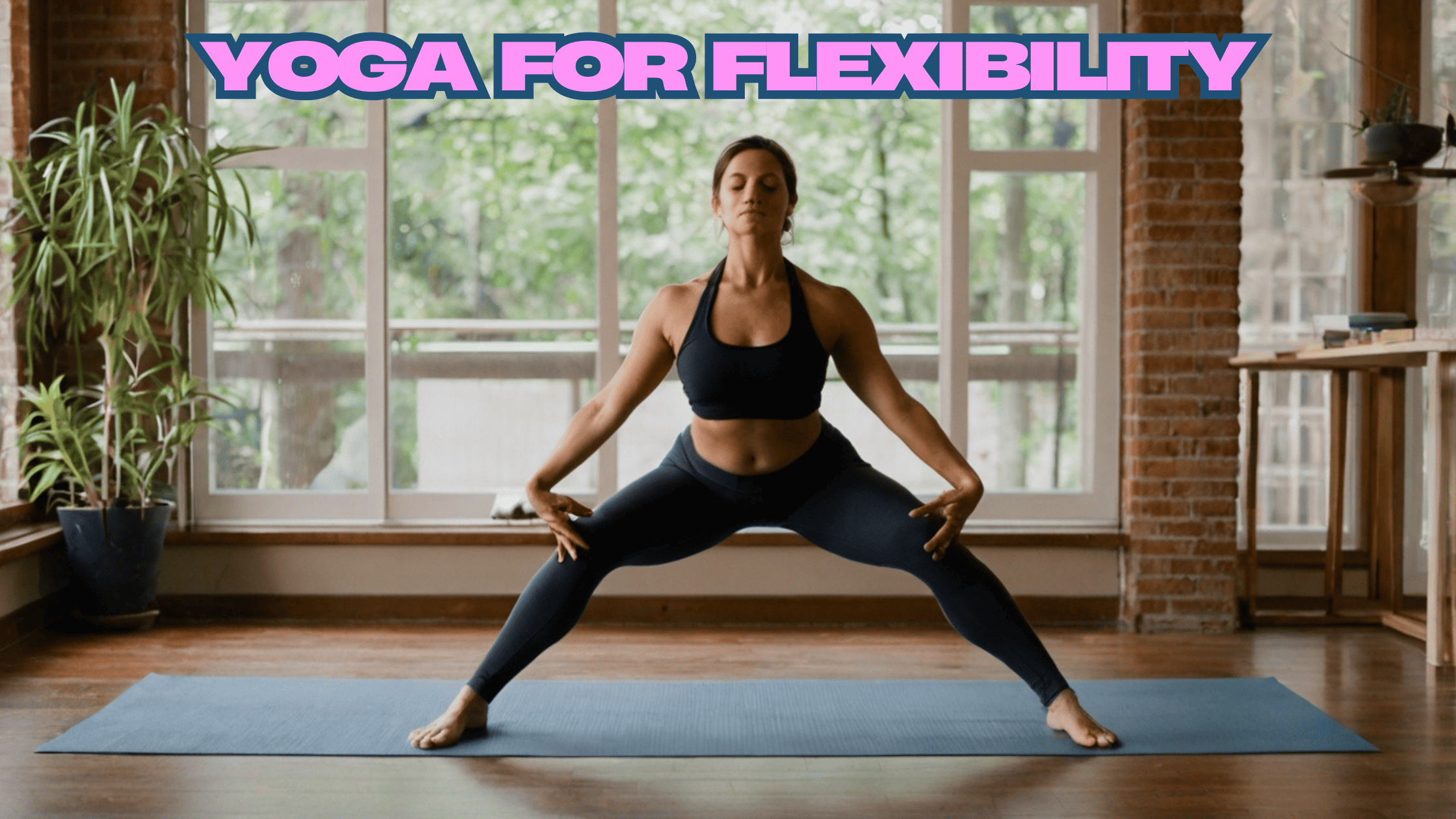Table of Contents
- Introduction to Yoga for Flexibility
- Benefits of Practicing Yoga for Flexibility
- Key Poses to Improve Flexibility
- Incorporating Yoga into Your Routine
- Tips for Enhancing Your Flexibility Journey
- Conclusion: Embrace Your Flexibility Journey
Introduction to Yoga for Flexibility
Yoga for flexibility is a practice that many people turn to for increasing their range of motion. It’s not just about bending and stretching; it’s a holistic approach that involves body awareness, balance, and mindfulness. Incorporating yoga into your fitness routine can lead to a more flexible body, which in turn contributes to overall physical well-being. When you stretch regularly, not only do you enhance your flexibility, but you also reduce the risk of injury and improve your posture.
Benefits of Practicing Yoga for Flexibility
Yoga offers numerous benefits that go beyond physical flexibility. Here are some key advantages:
- Improved Range of Motion: Regular stretching helps lengthen muscles and connective tissues, allowing for smoother movements.
- Better Posture: Engaging in yoga encourages alignment and balance, which can alleviate back pain and prevent postural issues.
- Enhanced Circulation: The improved blood flow from stretching aids in recovery and muscle relaxation.
- Increased Mindfulness: Yoga promotes a connection between the mind and body, allowing you to cultivate awareness of your physical state.
- Stress Relief: The meditative aspect of yoga can significantly reduce anxiety and promote relaxation.
Key Poses to Improve Flexibility
To get started with yoga for flexibility, try incorporating the following poses into your practice. Each of these poses targets specific areas of the body and enhances flexibility:
1. Downward Dog
Downward Dog (Adho Mukha Svanasana) is a foundational yoga pose that stretches the entire body.
- How to do it: Start on your hands and knees, tuck your toes, and lift your hips up and back, forming an inverted V-shape. Hold for 5-10 breaths.
- Benefits: Stretches the hamstrings, calves, and shoulders while strengthening arms.
2. Forward Fold
Forward Fold (Uttanasana) is a simple pose that deeply stretches the hamstrings and lower back.
- How to do it: Stand tall, exhale, and hinge at your hips to reach down towards the ground. Allow your head to hang heavy.
- Benefits: Releases tension in the back and neck, promoting overall relaxation.
3. Pigeon Pose
Pigeon Pose (Eka Pada Rajakapotasana) opens the hips, which is crucial for overall flexibility.
- How to do it: From a tabletop position, bring one knee forward and extend the other leg back. Hold the position for several breaths on each side.
- Benefits: Increases hip flexibility and alleviates lower back tension.
4. Cat-Cow Stretch
The Cat-Cow Stretch (Marjaryasana-Bitilasana) warms up the spine and improves flexibility in the back.
- How to do it: Start in a tabletop position. Inhale while arching your back (Cow) and exhale while rounding your spine (Cat). Repeat for 5-10 cycles.
- Benefits: Enhances spinal flexibility and relieves tension in the back.
Incorporating Yoga into Your Routine
Including yoga for flexibility in your daily routine can be beneficial. Here are a few tips to help you get started:
- Set a Schedule: Dedicate specific days and times for your yoga practice.
- Start Small: Start with 10-15 minutes of yoga focusing on flexibility and gradually increase the duration.
- Use Online Resources: There are numerous online classes and YouTube channels dedicated to yoga practices. Channels like Yoga with Adriene offer guided sessions tailored for all levels.
- Join a Class: If possible, look for a local yoga studio that offers classes focused on flexibility. Having an instructor can provide valuable feedback.
Tips for Enhancing Your Flexibility Journey
As you journey through yoga for flexibility, keep these tips in mind:
- Listen to Your Body: Go at your own pace and don’t push beyond your limits.
- Breathe Deeply: Focus on your breath during poses to create space in your body and deepen stretches.
- Be Consistent: Regular practice is key to seeing progress. Integrate yoga into your weekly routine.
- Stay Hydrated: Proper hydration aids in muscle recovery and flexibility.
Conclusion: Embrace Your Flexibility Journey
Incorporating yoga for flexibility into your life can pave the way for a healthier, more balanced lifestyle. The journey of improving flexibility is unique to everyone, so celebrate your progress, no matter how small. Engage with your body, and remember to enjoy the process. Feel free to share your experiences in the comments below or ask any questions about your yoga journey!


